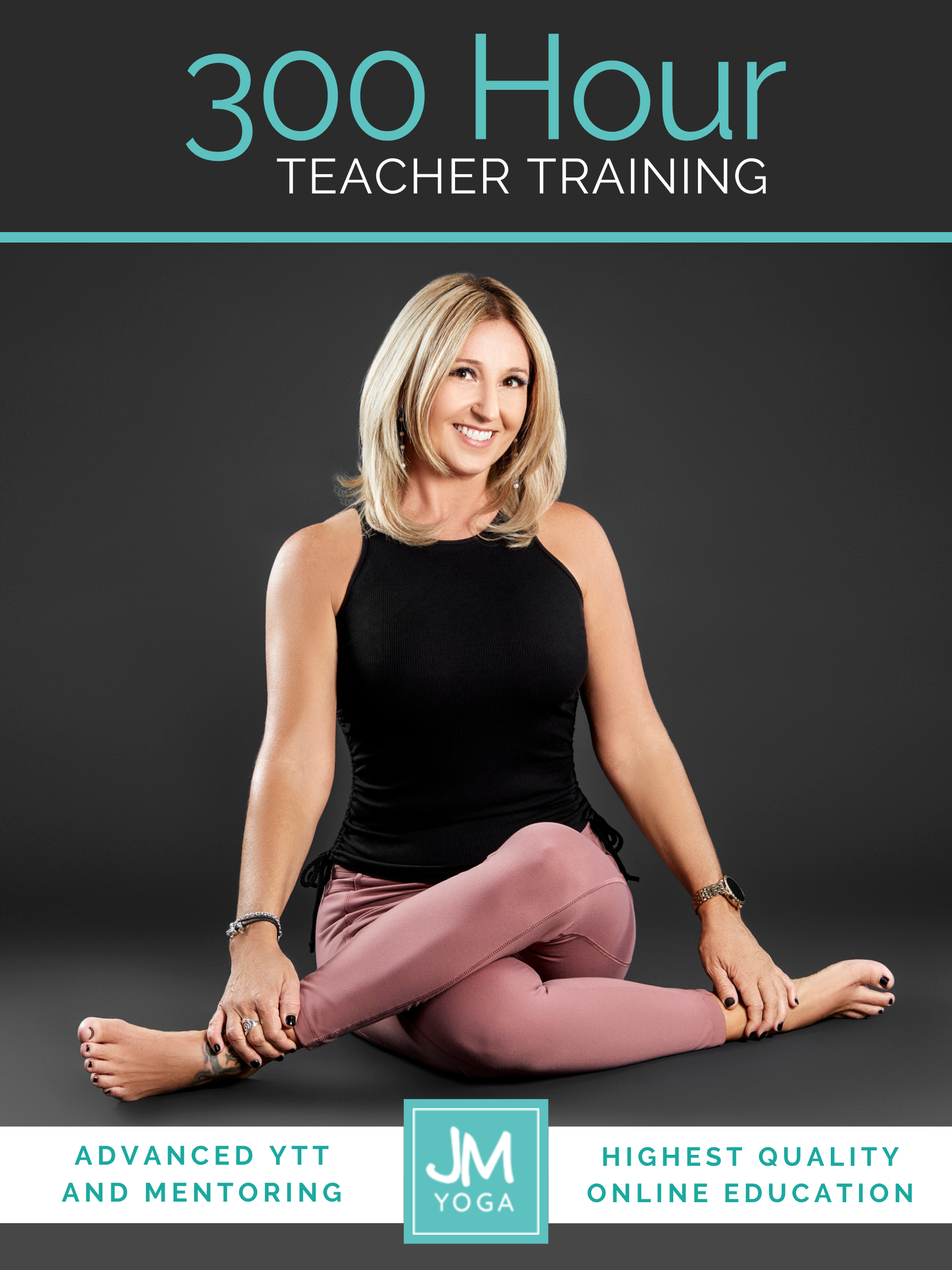Teaching Yoga to Seniors: Insights from a Qualitative Study
In this episode of Yoga Research and Beyond, Ariana and I discuss a recent qualitative study exploring how yoga can be effectively taught to older adults. We unpack what the research says, where it falls short, and how it might inform the way we teach.
As yoga teachers, many of us already work with older adults, and many of us are just starting to. But teaching this population well goes beyond using gentler sequences or suggesting chair variations. That’s why I was excited to dive into this paper: Empowering Older Adults Through Yoga: Strategies for Effective Instruction, published in 2025 in the Journal of Bodywork and Movement Therapies. It promised to offer practical teaching strategies based on real-world experiences.
So did it deliver?
What the Research Looked At
This was a qualitative study, meaning the researchers weren’t crunching numbers or comparing biomarker changes. Instead, they analyzed interviews, group discussions, classroom observations, and even instructional videos to explore how older adults experience yoga.
The study followed a group of adults aged 65 to 83 over 13 months. The first nine months weren’t even about yoga; they focused on general exercise and health in older populations. Only in the last four months did the study zoom in on yoga, after the researchers noticed a trend: participants were already talking about yoga in a positive light.
That alone introduces some bias. If you’re only talking to people who already enjoy yoga, you’ll probably hear things yoga teachers already know. And that’s pretty much what happened.
The Findings: Breath Awareness and Functionality
One of the key takeaways was that breath awareness was the most valued part of the classes. This resonated with me. When I work with seniors, breath is often what makes them feel most connected to the practice. Participants reported improved awareness of posture, pain, and physical limitations. They described the classes as a balance of effort and relaxation, more introspective than performance-based.
Functionally, students noticed improvements in everyday tasks like tying their shoes, climbing stairs, and reducing their fear of falling. Again, all good outcomes, but not particularly surprising.
My Take: Nothing Groundbreaking
When I read the study, I didn’t walk away thinking, “Wow, this changes how I teach.” Most of the findings were things we already hear in the yoga world. There was nothing especially novel, and the insights weren’t from outside the yoga bubble. The participants had already been practicing, so their perspectives were shaped by what they’d learned in class, like the familiar idea that “yoga is all about the breath.”
This isn’t a criticism of the participants. However, it limits the scope of the research. It’s hard to draw new conclusions when your data reinforces what your subjects already believe.
Teaching Recommendations: Standard and Sometimes Contradictory
The authors included a set of recommendations for yoga teachers, like:
- Conducting medical screenings or functional assessments before class
- Using non-competitive, verbally guided formats
- Avoiding spiritual language
- Promoting agency and self-efficacy
- Encouraging community and social connection
I support these in theory, but in practice, some of them feel impractical, or even contradictory. For example, how feasible is it to screen every student in a group class? And while the recommendation to avoid spiritual language is meant to be respectful, it edges us toward watering down yoga until there’s not much left.
The authors also suggested avoiding spinal flexion and discouraged evening classes for people with sleep issues, without clarifying what kind of yoga they meant. And that’s a big deal. “Yoga” can mean anything from restorative poses to power vinyasa. Lumping it all together limits the usefulness of these kinds of conclusions.
The Strengths: Qualitative Rigor and Human Connection
To be fair, the study did a solid job of applying qualitative research methods. The author used triangulation (collecting data from multiple sources), member checking (sharing findings with participants for feedback), and reflexivity (keeping a journal to minimize bias). That’s all good research practice, and I appreciated seeing it spelled out in the paper.
Another strength? It emphasized the importance of community. As we shift more of our work online, we can’t ignore how valuable in-person connection is, especially for older adults. This came through in the study and reinforced what many of us already know: community is part of the medicine.
Final Thoughts: Valuable, But Limited
Was this paper worth reading? Yes. Did it change how I teach? Not really.
Qualitative studies like this one can offer meaningful insights, but they also require a lot of interpretation, and that interpretation can be biased, limited, or influenced by the context in which the data was collected.
In this case, the yoga-specific insights were already familiar to those of us working in this space. Still, the study serves as a reminder of what matters most when teaching older adults: breath, agency, community, and a thoughtful approach that doesn’t assume fragility.
If you’re just getting into reading research, you might find qualitative papers like this one more challenging than data-heavy meta-analyses. They read more like dissertations, lots of words, lots of theory. I prefer fiction when I’m in the mood for that kind of dense reading!
Want more discussions like this? Subscribe to the Yoga Research and Beyond podcast and join us in unpacking the science that shapes how we teach.
Extend Your Learning: Advanced Yoga Teacher Training with Jules Mitchell
This program is ideal if you have an interest in biomechanics, principles of exercise science, applications of pain science, neurophysiology, and stretching. These themes are combined with somatics, motor control theory, pose analysis and purpose, use of props for specific adaptations, pathology, restorative yoga, and intentional sequencing.
You will learn to read original research papers and analyze them for both their strengths and their biases. Critical thinking and intellectual discourse are central components in this training, which was designed to help teachers like you navigate through contradictory perspectives and empower you with education. Learn more >

